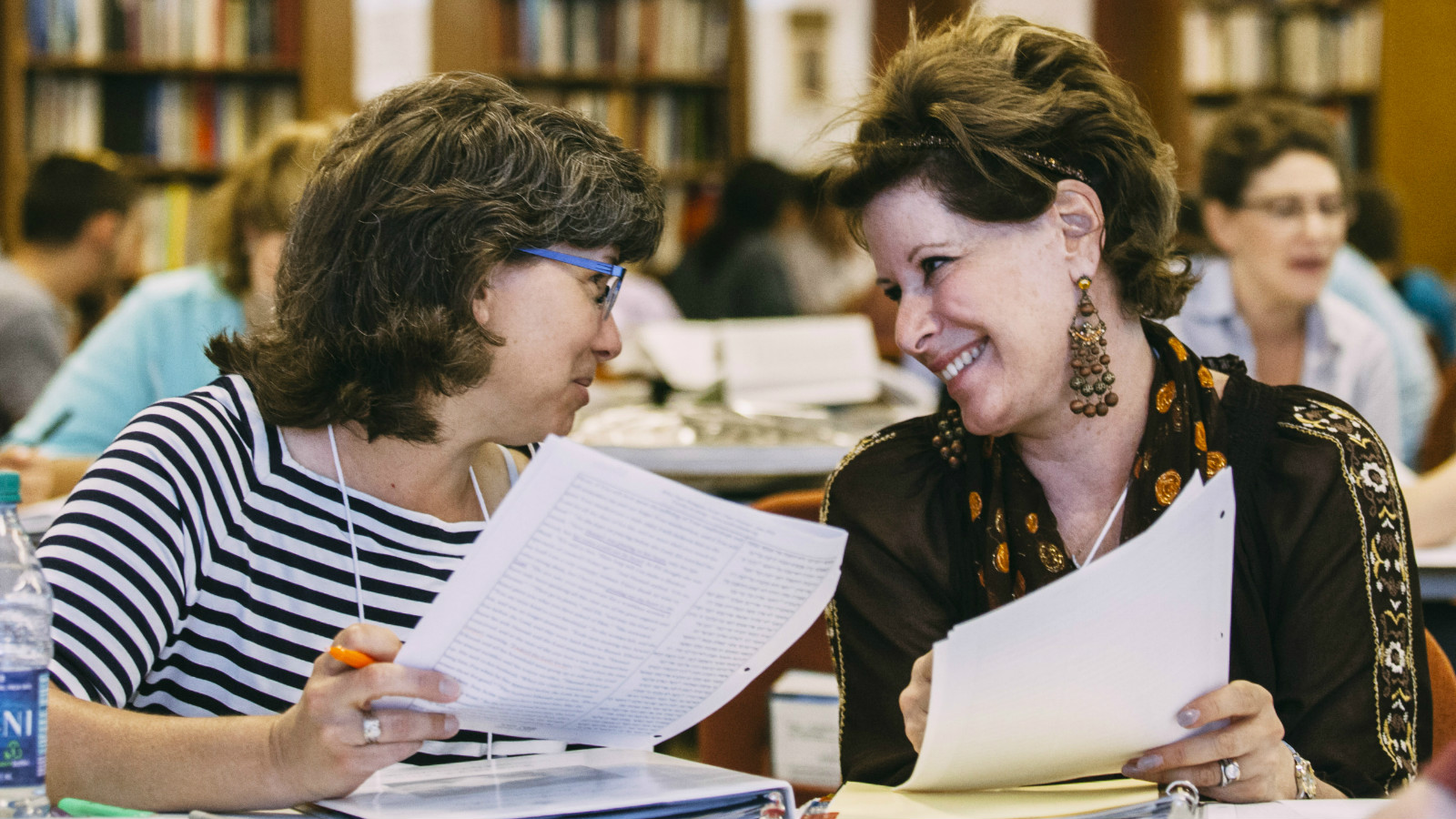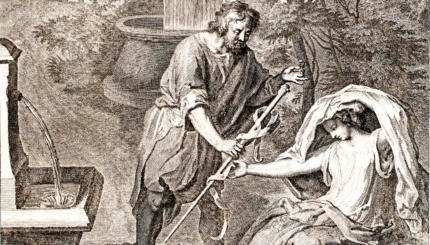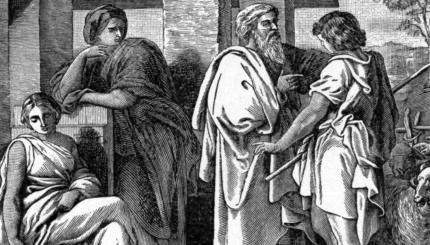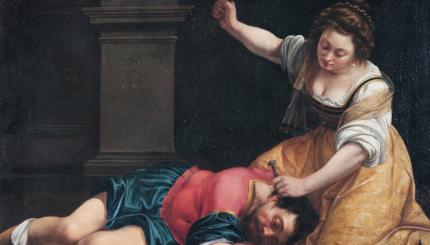Commentary on Parashat Nitzavim, Deuteronomy 29:9 - 30:20
For the last four or five decades, feminist scholars have asserted that the Bible is an androcentric work reflecting a time when men controlled property, politics, and religious life, not to mention women themselves. Those insights delegitimized the Torah as a source of meaning and authority for many women. How could a sacred text reflect the injustices of patriarchy? It did not seem possible.
However, the extent to which patriarchy de-legitimizes the Bible as a sacred book for women has become more nuanced in recent scholarship. While the Bible’s male-centeredness generally goes undisputed, at least in academic circles, various scholars (such as Phyllis Trible, Tikva Frymer-Kensky, and Meyers) have highlighted a number of potentially mitigating or even redemptive elements .. concerning women. First are the powerful and highly delineated female characters in the Bible, most notably Sarah, Rebecca, Tamar, Miriam, Rahab, Deborah, and Ruth, all of whom are leaders who transform the private or public realms in which they act. Second are the Bible’s commandments that express a clear concern for the care of the marginal and/or impoverished in society: the stranger, the fatherless, and the widow. Third are the deep covenantal principles articulated in the Torah that can be used for feminist purposes. Parashat Nitzavim exemplifies this, with its rich, powerful–even revolutionary–concepts that can be used to further the creation of a feminist Judaism. The portion begins: “You stand this day, all of you, before your God — you tribal heads, you elders, and you officials, all the men of Israel, you children, you women, even the stranger within your camp, from woodchopper to water drawer — to enter into the covenant of your God” (Deut. 29:9-10). Let’s take a close look at the language surrounding women.
First of all, from the nature of the list, one can pretty safely assume that the women were not tribal leaders, elders, woodchoppers or water drawers. The crucial fact, however, is that they are included. They are standing before God as full members of the covenantal community. In many other instances in the Torah, only the men are addressed or female inclusion is ambiguous — eclipsed by the nature of the Hebrew language itself, which retains a grammatically masculine form whether addressing or referring to an all-male group or a mixed male and female group.
Secondly, the “women” listed belong to the “you” being addressed. (The word is often translated as “your wives)” as if the women are not part of the “all of you” in v. 9.) But here “women” are not the only ones subject to belonging. Every individual belongs to a household, a clan, a tribe. In the Hebrew Bible, belonging is what constitutes a people. In this particular passage, leadership and power do not set one apart as an autonomous individual. No one, not even the most powerful male tribal leader, stands alone. For better or for worse, everyone is held in an inescapable web of interconnectedness and belonging.
With all of that, one might still dismiss the applicability of the text to us as contemporary women. Yet I believe we should not overlook the value of this text for women “this day” (29:9). Perhaps the historical context can account for some of the dispiriting force of androcentrism. The biblical authors could not imagine women in roles other than daughters who then became wives (or widows, a state also defined by marriage). Women simply were not necessarily visible if they did not fulfill wifely or maternal duties. Here we can summon the traditional concept of “the Torah spoke in the language of human beings” (dibrah torah kilshon b’nei adam). An alternative translation of this saying would be: “The Torah spoke in the language of men.” It is for us, as students of Torah and members of the covenantal people, to help construct our very lives in a way that takes text out of its historical context, out of its male dress or costume, and applies it to our own time. In this way, we redress Torah — and address it to ourselves and our own community, much as the rabbis who authored the Midrash and Talmud did. It is time to do no less than to dress the Torah in the language of women.
The Torah itself is explicit about the fact that this covenant is not a thing of the past. As Deut. 29:13-14 makes clear, this covenant was intended for each one of us in our own time.
The covenant is made not only with those who stood in Moab listening to Moses’ words, but also with future generations. Every Israelite since that day, and every Jew to come into this world in the future, is directly and personally included in this covenant. Thus are we — those reading the Torah now — empowered to forge our own relationship to the contents of the ongoing revelation. The tradition is not fixed; quite the contrary. it is our very active and receptive listening that gives this text its meaning and its very sanctity. The text gains its kedushah (“holiness”) from those in every generation who read it and add their voices to the endless. sacred conversation about what this all means. If women exclude themselves from that process, the full power, relevancy, and truth of the Torah are diminished.
To underline that point, the Torah itself adds words of encouragement further on in the portion concerning our ability to apprehend this text: “Surely, this Instruction which I enjoin upon you this day is not too baffling for you, nor is it beyond reach … No, the thing is very close ro you, in your mouth and in your heart, to observe it” (Deut. 30:10, 14). The Torah belongs to everyone of us, not just to experts or to certain segments of the community; it does not belong to men alone. As this portion reminds us, the Torah is far more democratic, fluid, and subjective. We await revelation–and yet revelation is right here, precisely where we stand. “It is not in the heavens…No, the thing is very close to you” (Deut. 30:12, 14)–exceedingly close.
Reprinted with permission from The Torah: A Women’s Commentary, edited by Tamara Cohn Eskenazi and Andrea L. Weiss (New York: URJ Press and Women of Reform Judaism, 2008).
Torah
Pronunced: TORE-uh, Origin: Hebrew, the Five Books of Moses.



